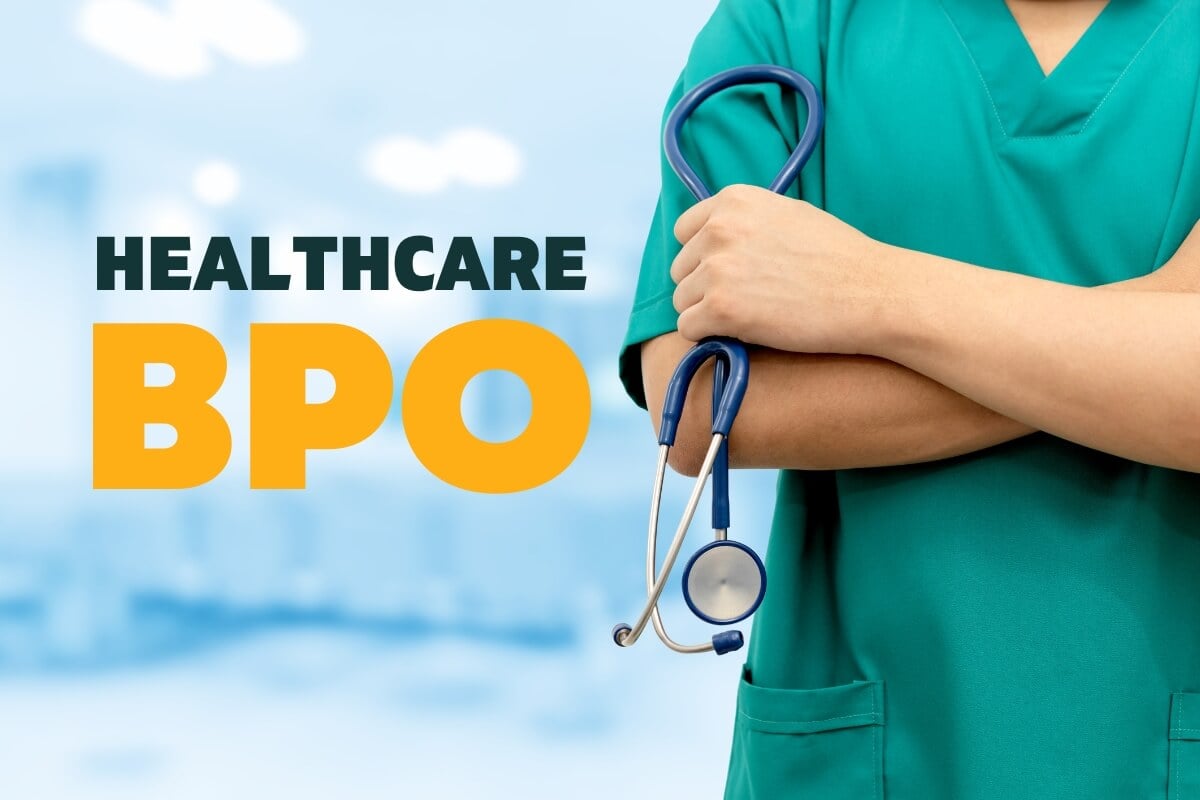A Comprehensive Overview on Just How Medical Care RCM Functions to Improve Billing and Collections
Navigating the complexities of healthcare revenue cycle monitoring (RCM) is crucial for suppliers aiming to boost their invoicing and collections processes. The overview unboxes the details of RCM, from client registration to accounts receivable management, using insights into maximizing each action.
Understanding Profits Cycle Management
RCM is an essential management function that includes the entire financial process of client care, from the first visit setting to the last repayment of the balance. It is an intricate treatment developed to identify, gather, and manage the revenue from the solutions offered to clients.
The RCM process starts when an individual routines a visit and extends via the person's treatment trip, including invoicing and collections. A vital goal is to reduce the time in between obtaining and supplying a service settlement, therefore enhancing the company's monetary wellness. RCM entails different functions such as person enrollment, insurance policy confirmation, charge capture, coding, declares submission, settlement publishing, and handling allures and denials.
Trick Elements of RCM
In the world of Revenue Cycle Monitoring (RCM), comprehending its key elements is essential to attaining financial effectiveness within medical care organizations. RCM is a detailed procedure that encompasses different phases, each important to guaranteeing reliable billing and collections. The primary parts include person registration, insurance policy verification, cost capture, coding, insurance claim entry, settlement posting, and accounts receivable administration.


As soon as coded, claims are submitted to payers, where accuracy is paramount to avoid beings rejected or hold-ups - Healthcare RCM. Settlement publishing includes taping the obtained settlements, which permits the settlement of accounts. Finally, balance dues administration concentrates on monitoring and resolving overdue cases, making certain prompt follow-up and resolution
Each element of RCM is interconnected, and ineffectiveness in any part can disrupt the entire cycle. Therefore, mastering these elements is essential for medical care service providers to optimize revenue and improve their monetary health.
Strategies for Reliable Payment

Standardizing payment procedures throughout the organization is another key technique. Establishing clear standards for documents, coding, and submission aids keep consistency and conformity with regulative demands. Educating personnel consistently on these treatments guarantees everyone is current with the most up to date changes in payment codes and payer plans.
Accurate fee capture is important in avoiding earnings leakage. Implementing routine audits and monitoring systems enables the identification and improvement of inconsistencies prior to they affect profits. In addition, preserving open lines of interaction with payers assists to promptly fix any kind of conflicts or misconceptions that may emerge.

Last but not least, interesting individuals early in the invoicing process by offering clear quotes and academic materials regarding their monetary responsibilities can substantially minimize complication and boost repayment timeliness. These methods jointly add to an extra monetarily healthy and balanced and reliable invoicing system.
Enhancing Collections Processes
A durable collections process is vital for preserving economic stability within medical care organizations. Offered the complexities of clinical billing and the range of payer requirements, improving the collections process includes implementing calculated measures that make sure precise and prompt repayment of solutions made. Central to this is the click for info use of innovation to automate and streamline procedures, minimizing hand-operated errors and enhancing performance. Automation devices can assist in tracking claim conditions, sending out prompt suggestions to clients, and handling rejections better.
Educating staff to understand the subtleties of insurance plan and payment codes is just as essential. This knowledge encourages them to resolve payment disparities swiftly and interact efficiently with clients regarding their economic duties. Moreover, clear and transparent person interactions are vital. Providing thorough descriptions of charges and offering adaptable layaway plan can raise individual fulfillment and timely payments.
Routine audits of the collections process must be conducted to determine areas for renovation and ensure compliance with guidelines. By evaluating information, medical care organizations can identify patterns, prepare for prospective concerns, and adapt methods accordingly (Healthcare RCM). Eventually, a well-enhanced collections procedure not only supports economic health however also contributes to an extra smooth experience for clients and team alike
Optimizing Income Streams
Building upon the structure of a solid collections process, health care companies can further reinforce their economic security click here for info by strategically enhancing profits streams. This involves a multi-faceted method, starting with a comprehensive analysis of existing income resources to recognize ineffectiveness and locations for development. Using advanced data analytics tools makes it possible for organizations to acquire understandings into payer mix, person demographics, and solution utilization patterns, permitting data-driven decisions that improve income capture.
Carrying out automated payment systems can significantly reduce errors and speed up insurance claims processing, making certain that revenue is collected extra successfully. In addition, enhancing payer agreements with regular negotiations can improve repayment prices and terms, straight affecting the bottom line. Diversifying service offerings, such as incorporating telehealth or health programs, can additionally bring in a more comprehensive individual base, therefore boosting income potential.
Another vital element is enhancing patient engagement and complete satisfaction, as satisfied patients are most likely to stick to treatment plans and make timely payments. Supplying adaptable payment choices and transparent payment techniques can enhance collections and foster patient commitment. Healthcare RCM. By embracing these strategies, medical care companies can produce an extra durable monetary structure, ensuring continual growth and stability in an ever-changing sector landscape
Conclusion
To conclude, health care Revenue Cycle Monitoring (RCM) plays a critical function in optimizing invoicing and collections procedures by integrating key elements such as patient enrollment, insurance coverage verification, charge capture, coding, asserts entry, and receivable administration. By using advanced modern technology, standardizing treatments, and cultivating client involvement, doctor can substantially lower claim rejections, increase payment cycles, and improve capital. This thorough method read to RCM inevitably results in enhanced monetary performance and sustainability for health care organizations.
The RCM procedure begins when a client routines a consultation and extends through the client's care trip, consisting of billing and collections.Another vital part is boosting patient engagement and contentment, as satisfied clients are a lot more most likely to stick to therapy strategies and make prompt payments. Providing versatile settlement alternatives and transparent billing methods can enhance collections and foster person loyalty.In conclusion, health care Profits Cycle Monitoring (RCM) plays an important function in enhancing payment and collections processes by integrating crucial parts such as patient registration, insurance verification, cost capture, coding, asserts entry, and accounts receivable management. By using innovative modern technology, systematizing treatments, and promoting client engagement, healthcare suppliers can substantially decrease claim rejections, increase repayment cycles, and improve money flow.